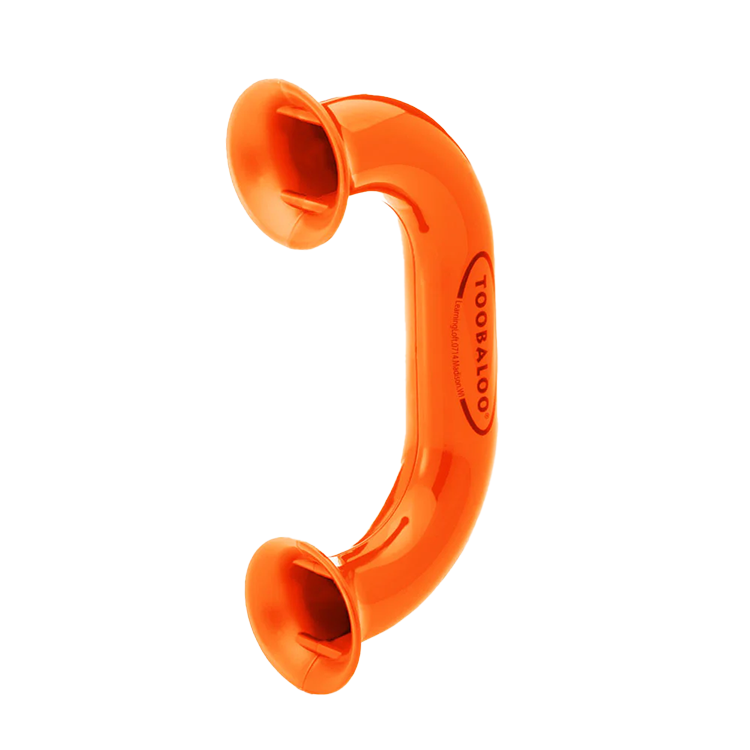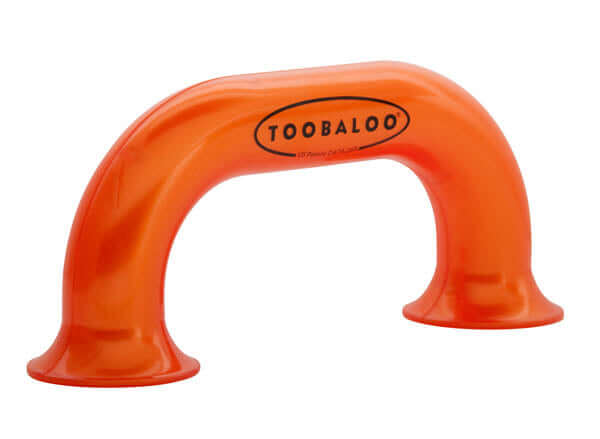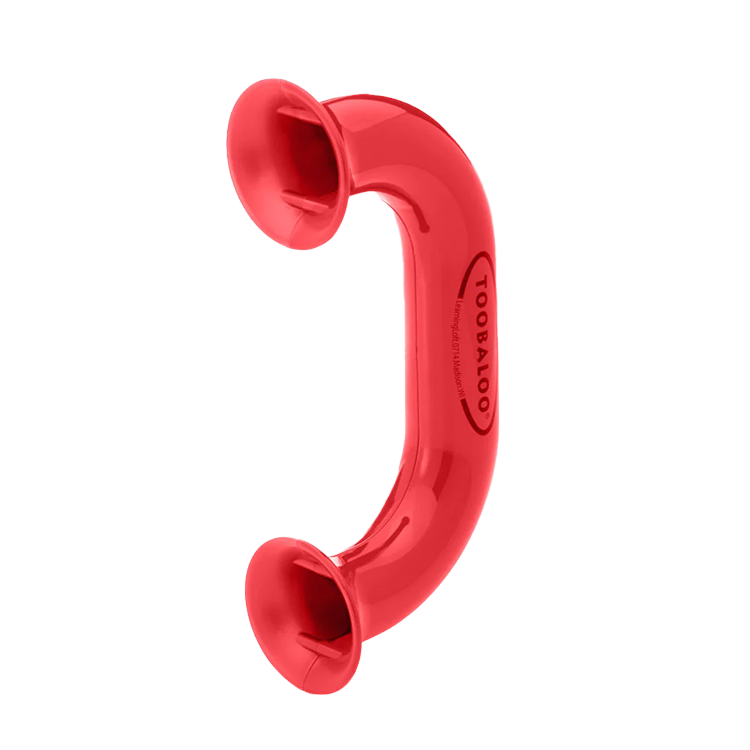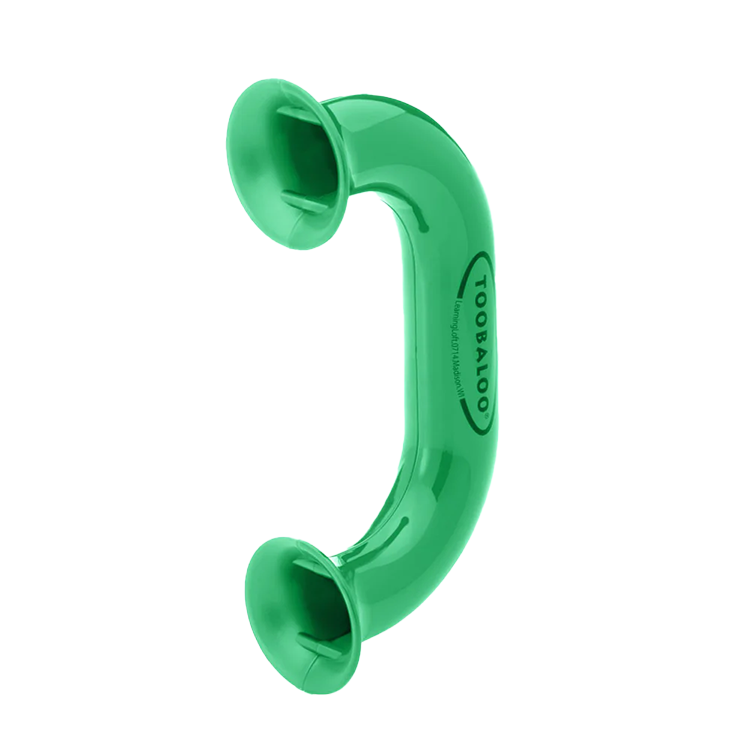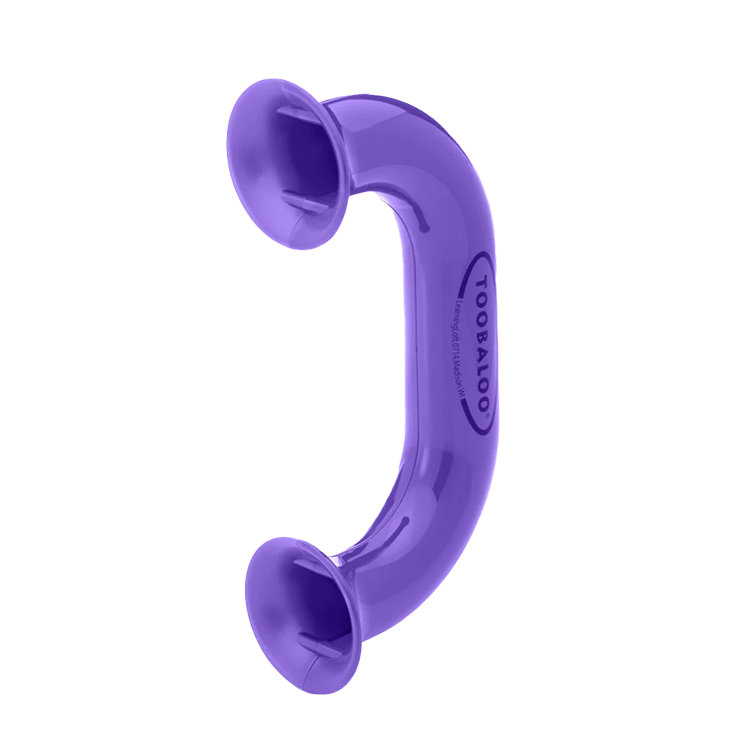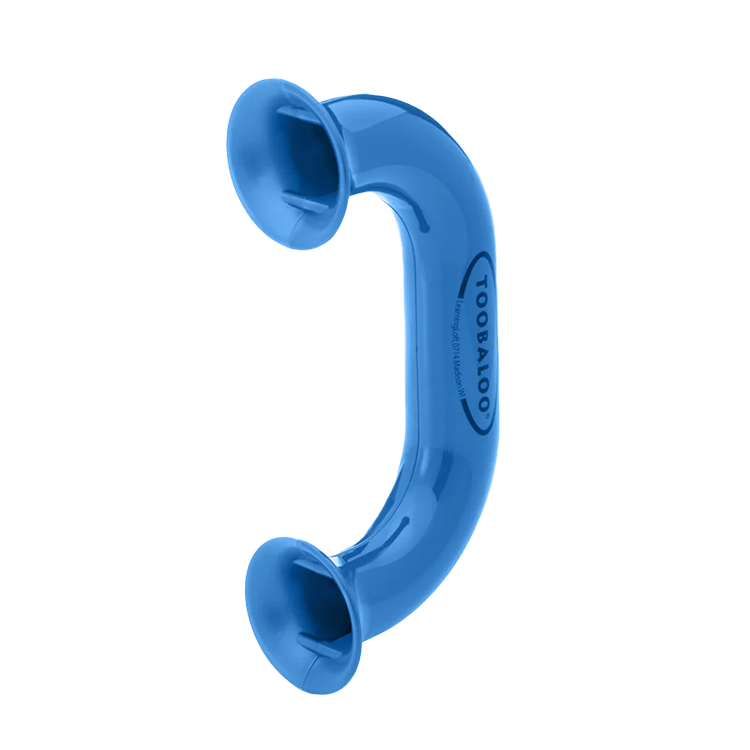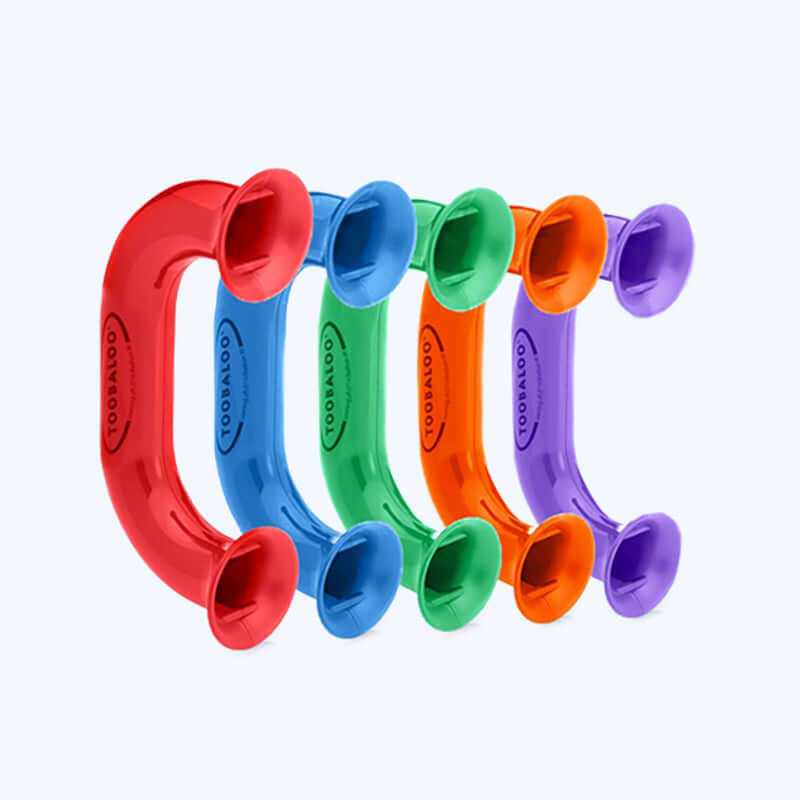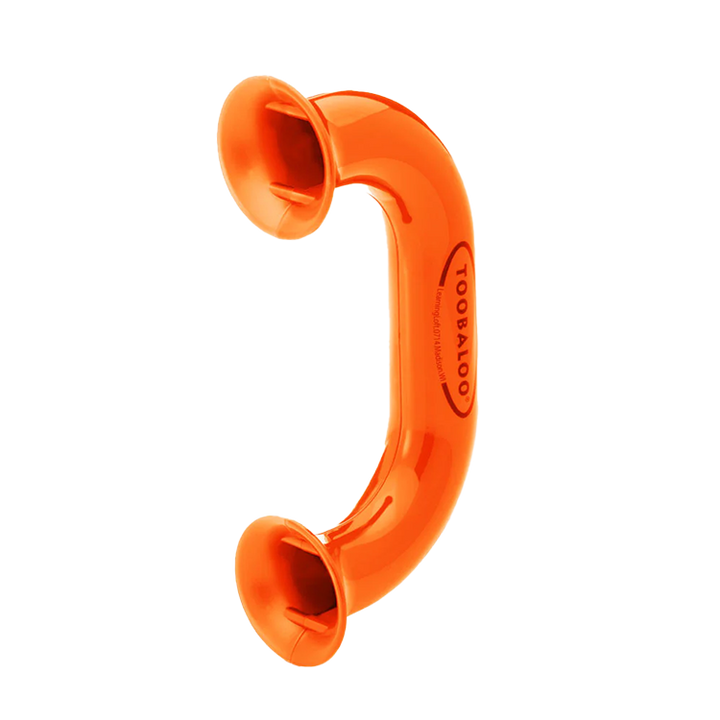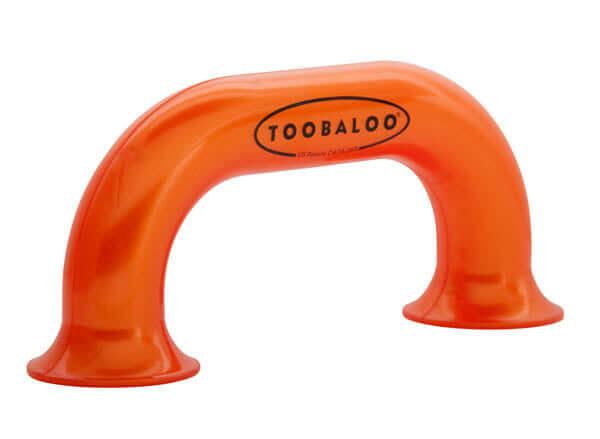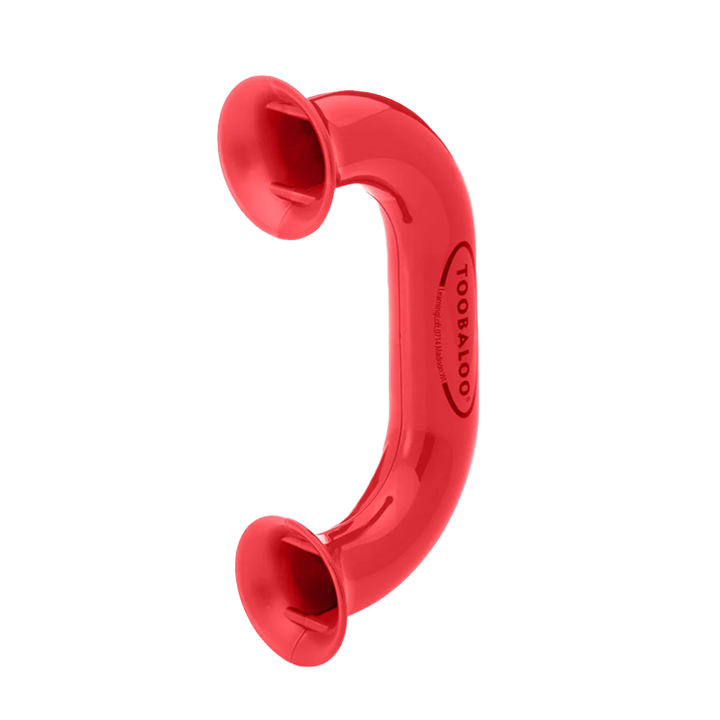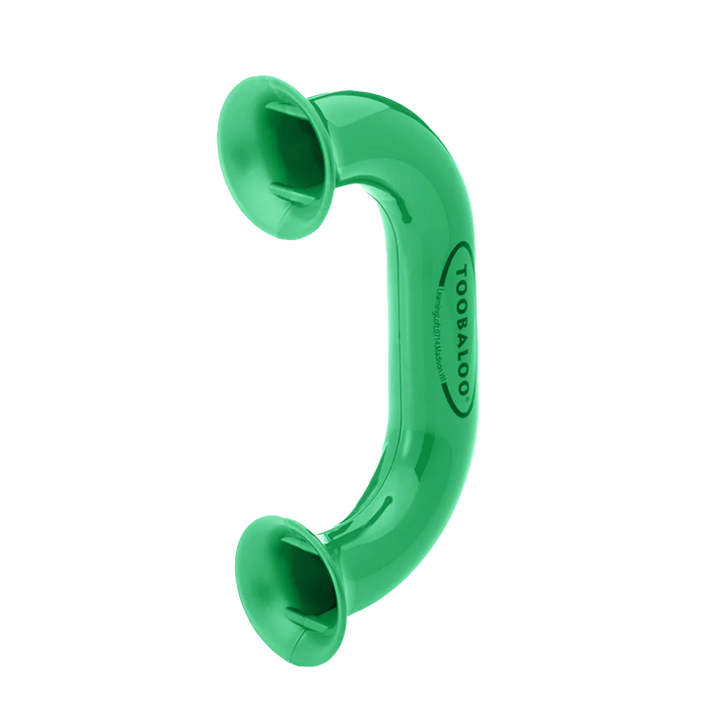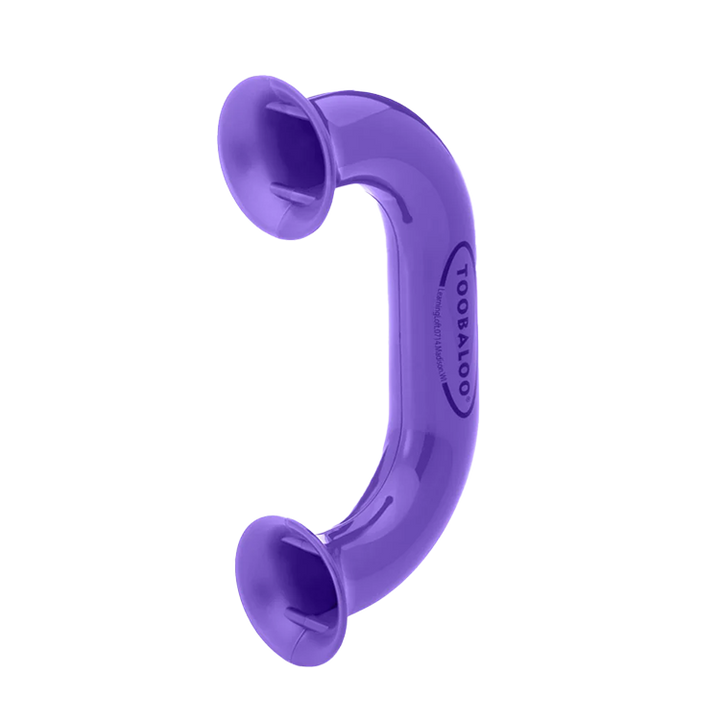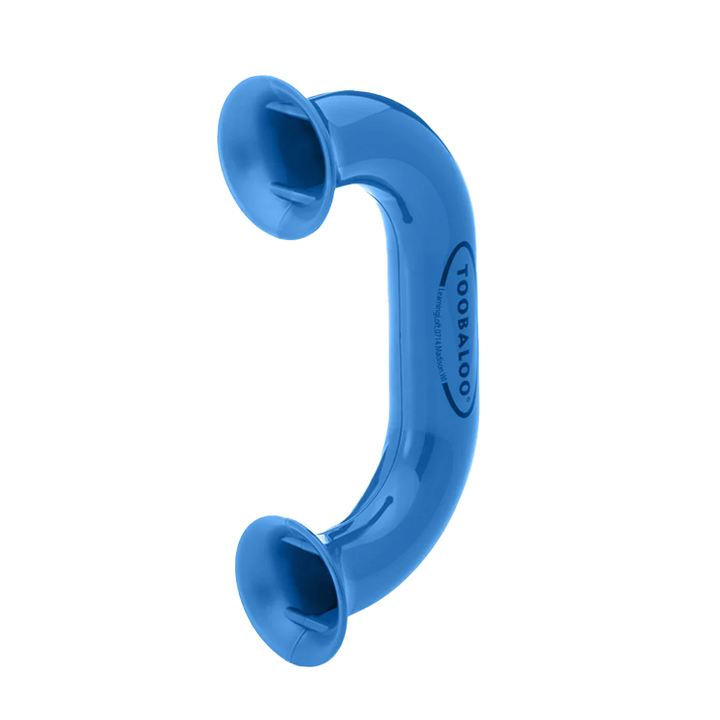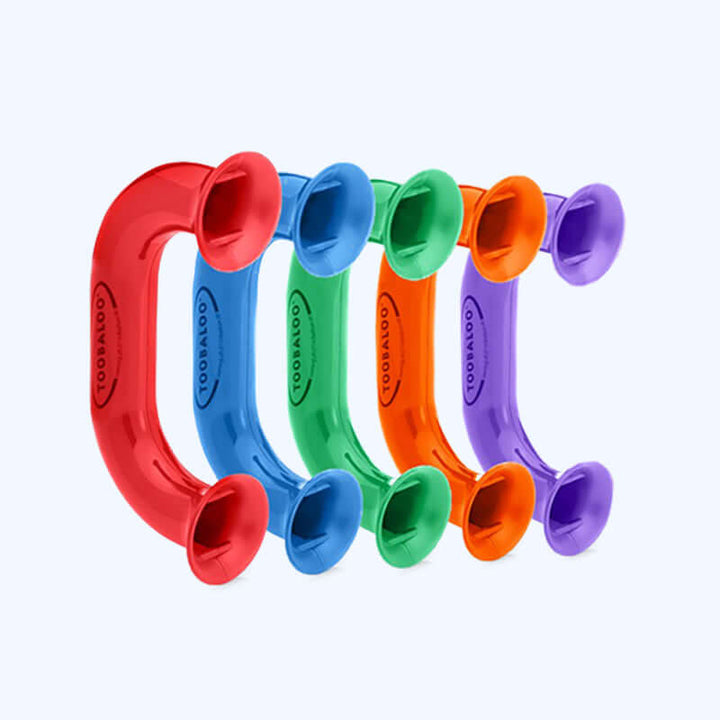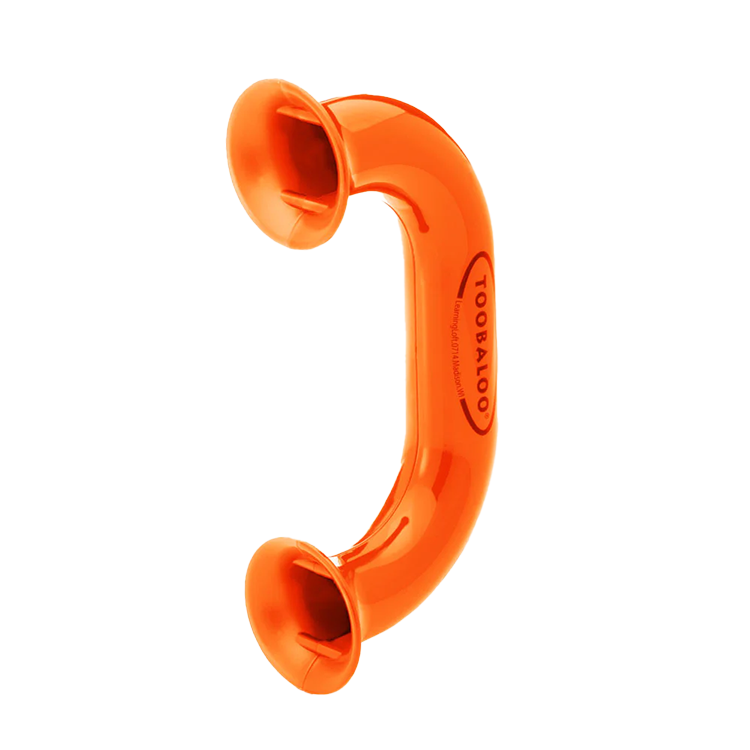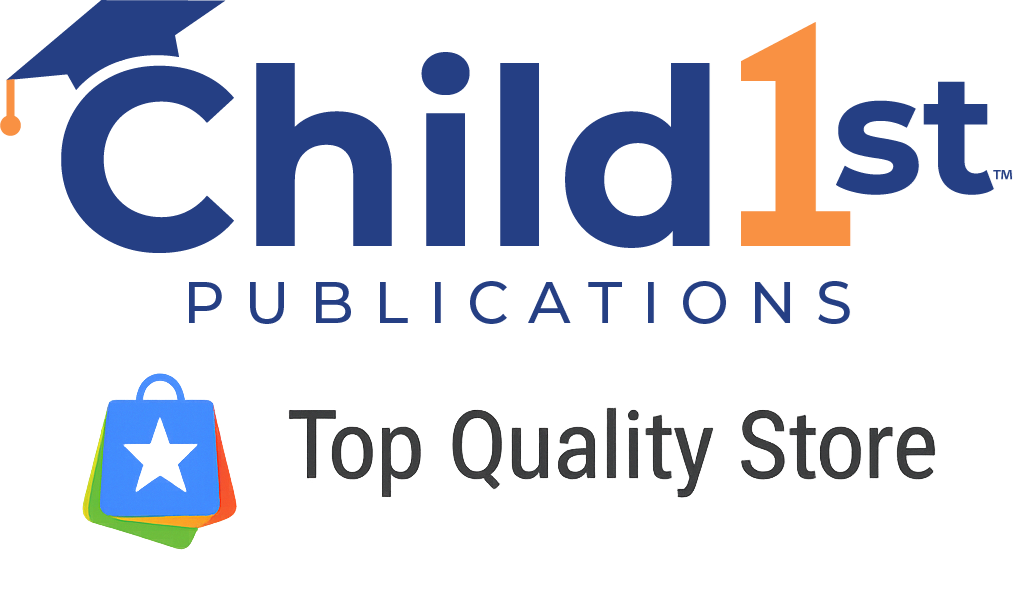The TOOBALOO is a phone-like device that allows children to hear their sounds and words distinctly while speaking softly into it.
Uses for the TOOBALOO are endless
- Whole classes can practice reading aloud to themselves without bothering other students.
- This gives students oral reading time, and at the same time, allows the teacher to move around the classroom and listen to individuals read.
- Small groups can use TOOBALOOS at a center to practice rereading.
- Students can use TOOBALOOS during or after a guided reading group, can individually practice reading and rereading the stories they are working on, or can check out a TOOBALOO to take home and practice with.
From the manufacturer
"Ease reading, speech, comprehension and pronunciation challenges with the Toobaloo Kit. Created by a teacher, the Toobaloo is an educational tool designed to help children learn to read, increase fluency and comprehension and meet special needs such as autism, APD, stuttering and dyslexia.
"By speaking into the Toobaloo, children hear themselves and can make adjustments to fluency, pronunciation and even increase comprehension. This kit turns a TOOBALOO into a hands-free educational tool for even more learning inspired by fun! With their hands available kids can easily read, play and sing all while getting the auditory feedback they need to increase fluency and improve pronunciation."
Children with special needs such as autism, auditory procession disorder, stuttering and dyslexia see remarkable benefits from listening to themselves read aloud.
Benefits
- Crystal Clear Auditory Feedback
- Self Monitored Reading Rate, Phrasing and Expression (sound, duration, pitch and stress)
- Build Confidence in Reading and Comprehension
- Improve Self-Esteem for All Levels of Readers
- Increase Reading Fluency and Comprehension
- Fun Motivation to Read
- Opportunities to Read Aloud Daily in the Classroom without Disrupting Others



